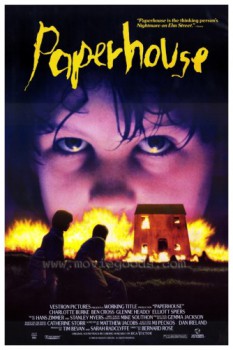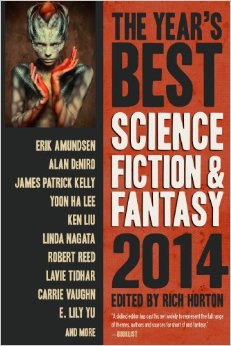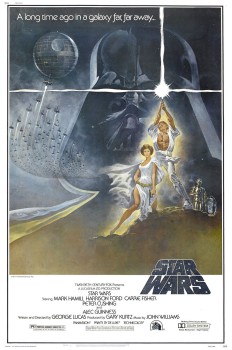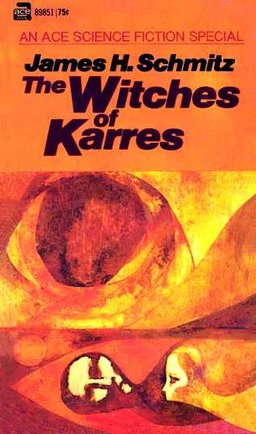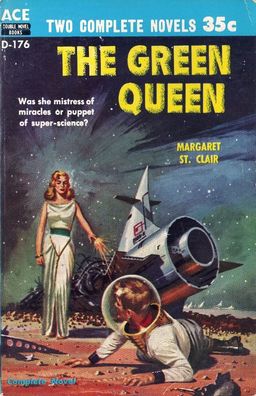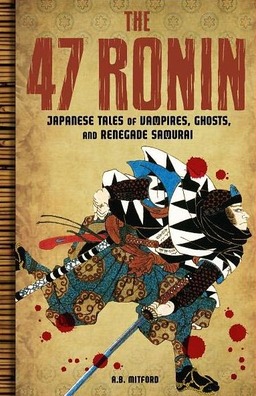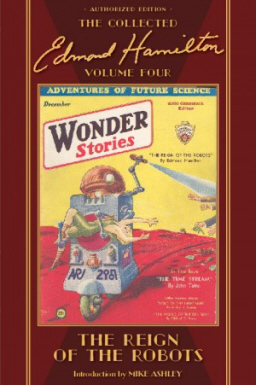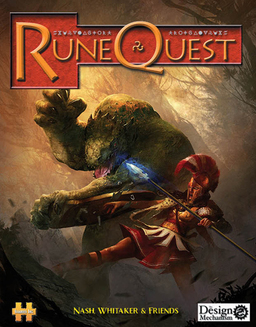Godzilla Interruption: All Monsters Attack… Because Nobody Talks about It Much
 I now interrupt my continuing “History of Godzilla on Film” to bring you an Up Close and Personal look at one particular movie: 1969’s All Monsters Attack, also known as Godzilla’s Revenge.
I now interrupt my continuing “History of Godzilla on Film” to bring you an Up Close and Personal look at one particular movie: 1969’s All Monsters Attack, also known as Godzilla’s Revenge.
It seems like an out-of-left field pick, since this movie has a poor reputation among the kaiju fans. As film historian Richard Pusateri says on the audio commentary for the current DVD: “Fans cannot decide if this is the worst movie of the series, or the second worst.”
However, I picked this movie for spotlight attention because it rarely receives any attention. Most Godzilla fans have seen it all the way through only once — probably in the English-dubbed version — and then left it on the shelf. With its chunks of stock footage lifted from earlier Godzilla films, fantasy elements that relegate the monsters to existence only in the imagination, and a target audience of third- and fourth-grade children, All Monsters Attack is easy for adult viewers to dismiss.
However, the movie contains elements unique among the classic Godzilla series that make it worthy of discussion. And for good or bad, it does have SF legend Ishiro Honda in the director’s chair in his penultimate Godzilla movie.
So let us go pay a visit to late-1960s industrialized Japan and meet a bullied latchkey kid with dreams of monsters.
The Background of All Monsters Attack
Toho Studios planned to conclude the Godzilla series with 1968’s epic Destroy All Monsters. But their resolution did not hold for long. Although the studio system would not collapse for another year, Toho’s movies were doing less business because of television’s popularity. When the studio heads decided to make another Godzilla movie, it was because they devised a way to make it as inexpensively as possible.
Rival studio Daiei’s 1968 movie Gamera vs. Viras inspired Toho’s choice. The Gamera film (released in the U.S. as Destroy All Planets) used battle footage from two previous Gamera movies to expand the running time and reduce the budget, and it used child heroes for direct appeal to the kiddie crowd. Toho gave instructions to producer Tomoyuki Tanaka to create a Godzilla film for children that made extensive use of existing special effects footage.
